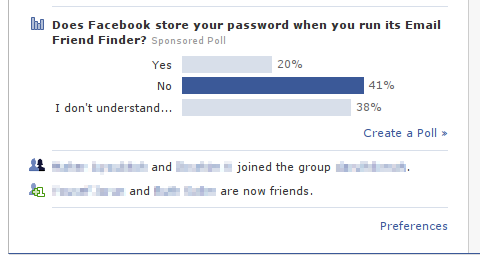A couple of hours ago, the Google Security Team posted an article claiming that Google’s made the switch to OpenID, joining Yahoo! and Microsoft in the ranks OpenID providers.
But it looks like someone may have been a bit to hasty to pull that switch (perhaps itching to get some of the limelight Microsoft has been receiving for adding OpenID to all Live ID accounts just the day before yesterday)… because whatever it is that Google has released support for, it sure as hell isn’t OpenID, as they even so kindly point out in their OpenID developer documentation (that media outlets certainly won’t be reading):
- The web application asks the end user to log in by offering a set of log-in options, including Google.
- The user selects the "Sign in with Google" option.
- The web application sends a "discovery" request to Google to get information on the Google authentication endpoint. This is a departure from the process outlined in OpenID 1.0. [Emphasis added]
- Google returns an XRDS document, which contains endpoint address.
- The web application sends a login authentication request to the Google endpoint address.
- This action redirects the user to a Google Federated Login page.
As Google points out, this isn’t OpenID. This is something that Google cooked up that resembles OpenID masquerading as OpenID since that’s what people want to see – and that’s what Microsoft announced just the day before.
It’s not just a “departure” from OpenID, it’s a whole new standard.

